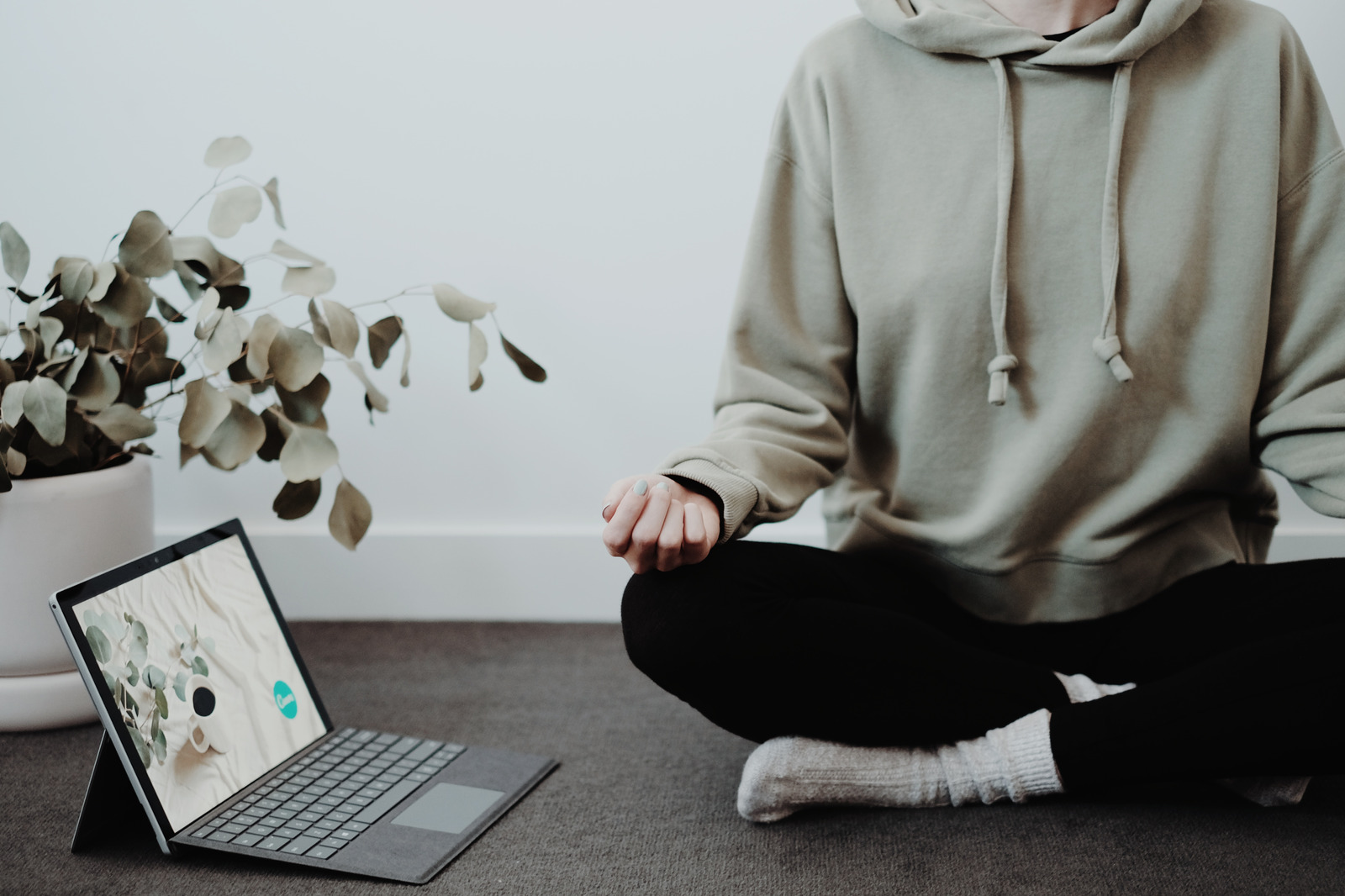Is it just me or workload recently has significantly increased because everyone is forced to stay home? It feels like time flies by so fast because of the number of tasks I’ve finished this week. Just relieving all of them feels tiring. I can clearly recall how I take deep breaths every time I feel the frustration or anxiety.
As a writer, I stopped for a moment and gave things a think – are there right and wrong ways to do breathing exercises to help de-stress? I was happy to learn that there are a few routines that can help one feel lighter and calmer after a stress-inducing activity.
Breath Focus

Guilty of holding your stomach muscles most of the time? According to Harvard Medical School, shallow breathing limits the diaphragm’s range of motion, resulting in the lowest part of the lungs not getting a full share of oxygenated air. Breath Focus, we encourage us to take slow deep breaths while also veering away from unnecessary thoughts and feelings.
How to do it: Find a comfortable and quiet spot to lie or sit down. We highly suggest away from your work desk to disengage to matter that’s been bugging you. Set the alarm for ten minutes. Lastly, take a normal breath with your eyes closed. Afterward, try doing some slow deep breaths (in through your nose and out through your mouth or nose). To help deepen your relaxation, you can blend deep breathing with helpful imagery like your favorite place and perhaps a phrase from your favorite book to help you relax.
“O” Breathing Exercise

Need a second wind to get things done? This helpful routine will help build energy in and out of the body. This way, you also get to manifest the importance of breathing more than ever.
How to do it: Take the biggest deep breath you can take and exhale as slowly as possible, both through your nose. Notice how your senses are reinvigorated after repeating this three times.
4-7-8 Breathing Exercise

Also known as the relaxing breath, this yoga breathing exercise is for people who want to shake away anxiety or who simply want to hit the sack. This technique is also believed to manage cravings and control or reduce anger responses as well.
How to do it: Start by looking for a place to sit or lie down. Standing is not recommended because people may feel lightheaded afterward. Next, press the tip of your tongue to the roof of your mouth just behind your upper front teeth. Close your eyes, slightly open your mouth and breathe in through your nose for 4 counts. Next, hold your breath for 7 counts. Lastly, blow the air forcefully through your mouth for 8 counts. Repeat for 4 full breaths, and work your way up to 8 breaths over time.
Laughing Breathing Exercise

Probably the easiest of all breathing exercises, all you need is one minute of your busy schedule to do this exercise.
How to do it: Time yourself for sixty seconds. Take a deep breath and start laughing. That’s how simple it is!
Read: How to Start Your Day on a Strong Note
Whichever breathing exercises are you trying in the coming days, we’d like to set a reminder that these breathing patterns are not a substitute for any medical procedure nor medicine. It is best to still see your doctor for a proper consultation and prescription.


Leave a Reply